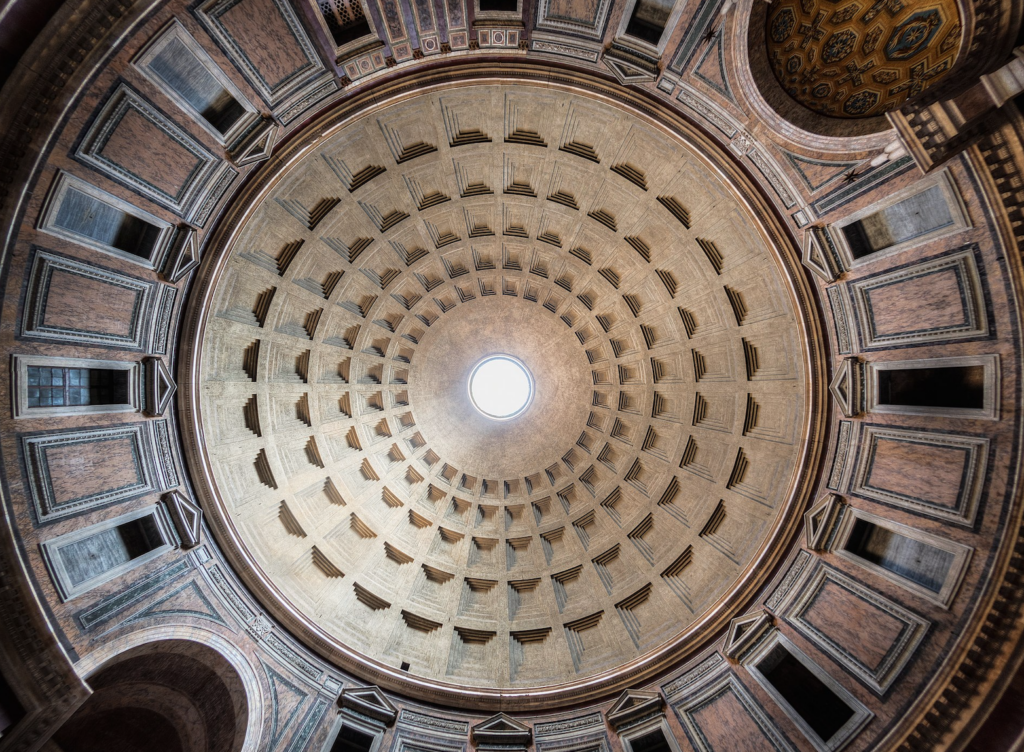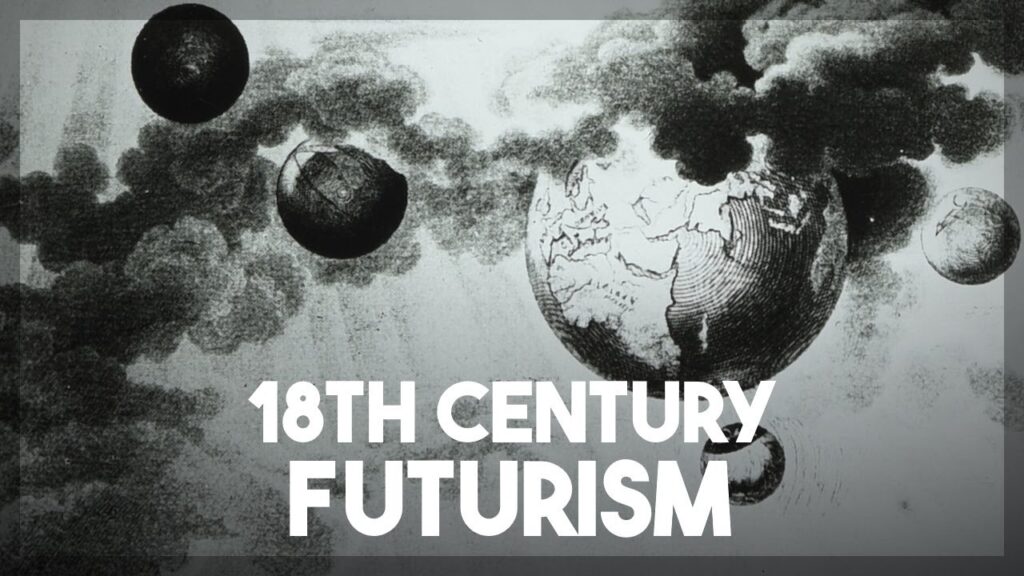In Rome, one doesn’t have to look terribly hard to find ancient buildings. But even in the Eternal City, not all ancient buildings have come down to us in equally good shape, and practically none of them have held up as well as the Pantheon. Once a Roman temple and now a Catholic church (as well as a formidable tourist attraction), it gives its visitors the clearest and most direct sense possible of the majesty of antiquity. But how has it managed to remain intact for nineteen centuries and counting when so much else in ancient Rome’s built environment has been lost? Ancient-history Youtuber Garrett Ryan explains that in the video above.
“Any answer has to begin with concrete,” Ryan says, the Roman variety of which “cured incredibly hard, even underwater. Sea water, in fact, made it stronger.” Its strength “enabled the creation of vaults and domes that revolutionized architecture,” not least the still-sublime dome of the Pantheon itself.
Another important factor is the Roman bricks, “more like thick tiles than modern rectangular bricks,” used to construct the arches in its walls. These “helped to direct the gargantuan weight of the rotunda toward the masonry ‘piers’ between the recesses. And since the arches, made almost entirely of brick, set much more quickly than the concrete fill in which they were embedded, they stiffened the structure as it rose.”
This hasn’t kept the Pantheon’s floor from sinking, cracks from opening in its walls, but such comparatively minor defects could hardly distract from the spectacle of the dome (a feat not equaled until Filippo Brunelleschi came along about 1300 years later). “The architect of the Pantheon managed horizontal thrust — that is, prevented the dome from spreading or pushing out the building beneath it – by making the wall of the rotunda extremely thick and embedding the lower third of the dome in their mass.” Even the oculus at the very top strengthens it, “both by obviating the need for a structurally dangerous crown and through its masonry rim, which functioned like the keystone of an arch.” We may no longer pay tribute to the gods or emperors to whom it was first dedicated, but as an object of architectural worship, the Pantheon will surely outlast many generations to come.
Related content:
The Beauty & Ingenuity of the Pantheon, Ancient Rome’s Best-Preserved Monument: An Introduction
How to Make Roman Concrete, One of Human Civilization’s Longest-Lasting Building Materials
A Street Musician Plays Pink Floyd’s “Time” in Front of the 1,900-Year-Old Pantheon in Rome
How the World’s Biggest Dome Was Built: The Story of Filippo Brunelleschi and the Duomo in Florence
The Mystery Finally Solved: Why Has Roman Concrete Been So Durable?
Building The Colosseum: The Icon of Rome
Based in Seoul, Colin Marshall writes and broadcasts on cities, language, and culture. His projects include the Substack newsletter Books on Cities, the book The Stateless City: a Walk through 21st-Century Los Angeles and the video series The City in Cinema. Follow him on Twitter at @colinmarshall or on Facebook.


